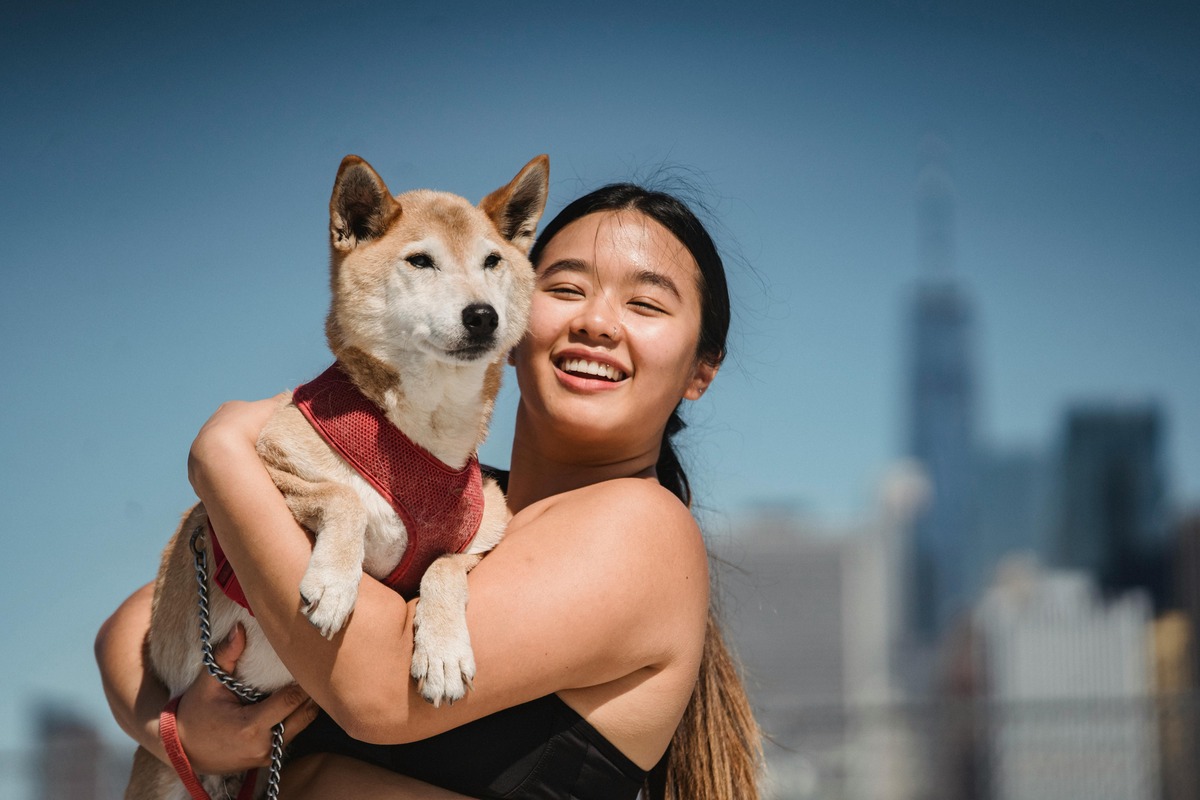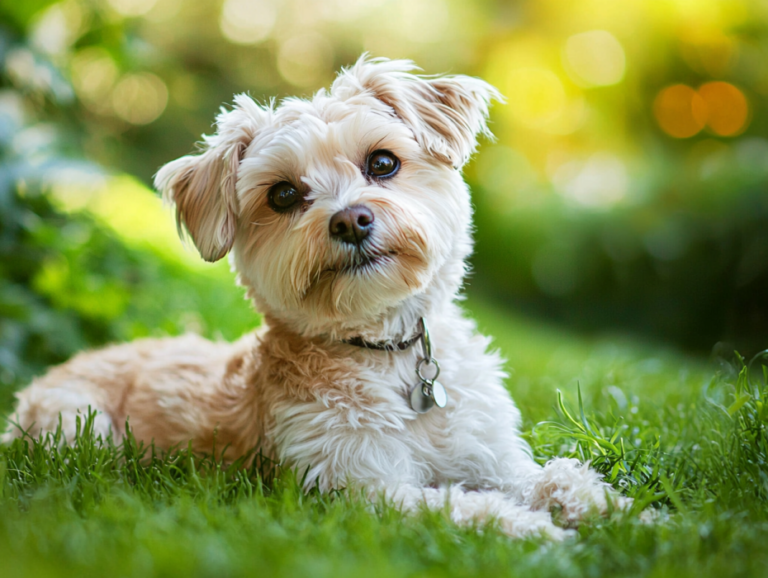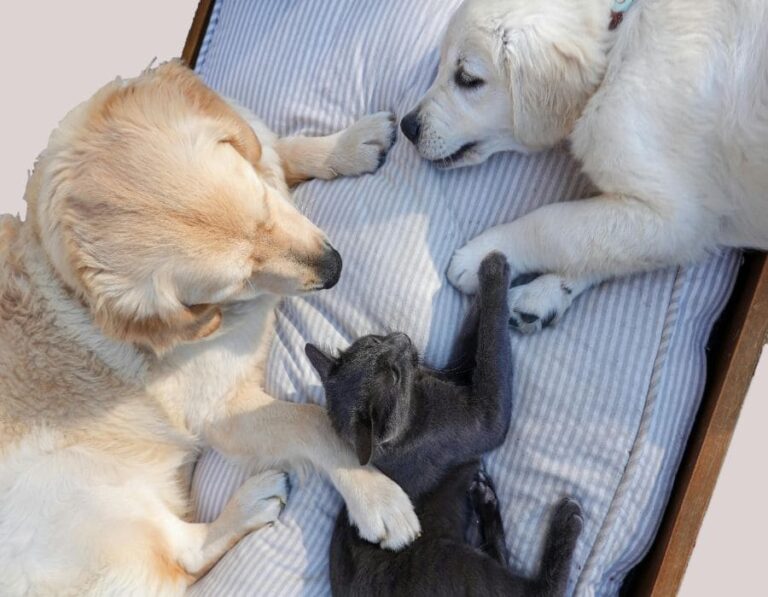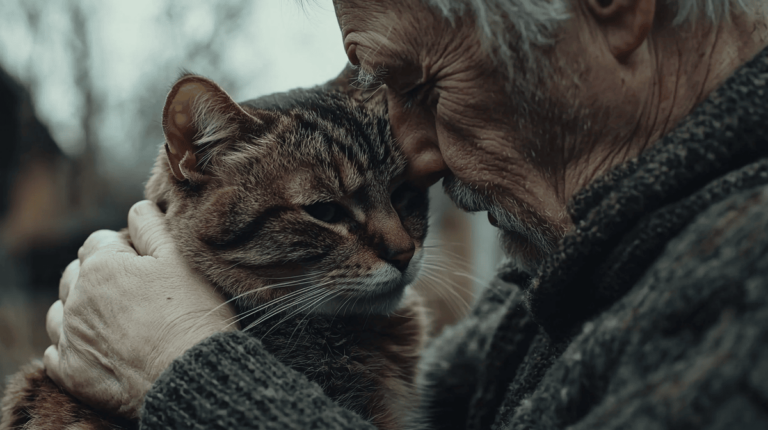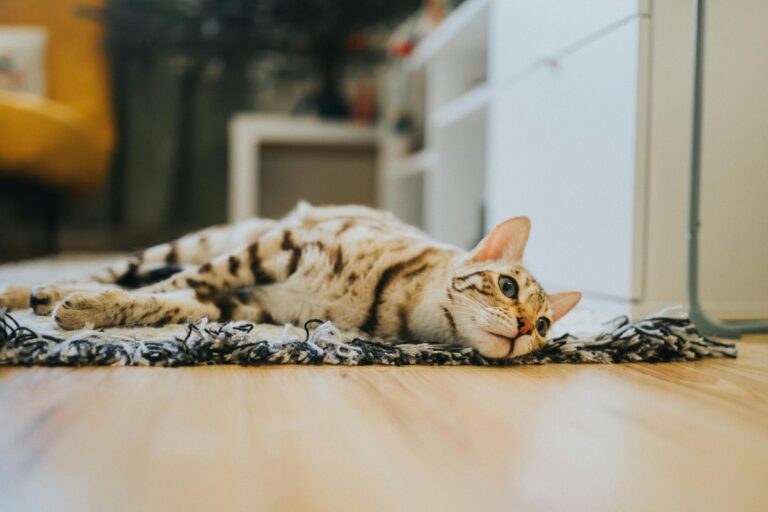15 Affectionate Dog Breeds That Struggle the Most With Loneliness
Dogs are loyal, loving companions, but some breeds form especially deep emotional bonds with their owners and struggle with being alone. These dogs thrive on constant affection, attention, and interaction—and when left alone for too long, they can experience severe separation anxiety, depression, or destructive behavior.
If you’re thinking about bringing home a dog that needs a lot of companionship, it’s important to understand their emotional needs and lifestyle requirements. Here are 15 affectionate dog breeds that don’t do well with loneliness, along with tips on how to keep them happy when you’re away.
1. Labrador Retriever
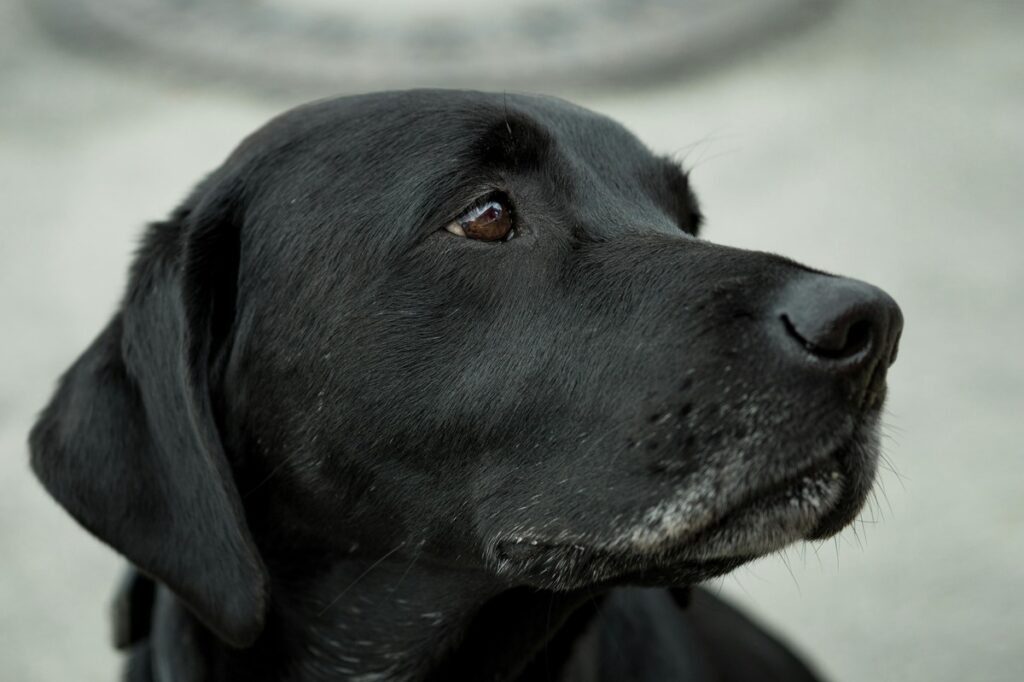
Labradors are one of the most affectionate and people-oriented breeds. They love spending time with their owners, whether it’s playing, walking, or simply lying at their feet. Labs form strong emotional bonds and can become anxious, restless, or even destructive when left alone for long hours.
How to Help: Labs need plenty of exercise, mental stimulation, and companionship to stay happy. If you have a busy schedule, consider a doggy daycare, hiring a dog walker, or leaving them interactive puzzle toys to keep their minds engaged.
2. Golden Retriever
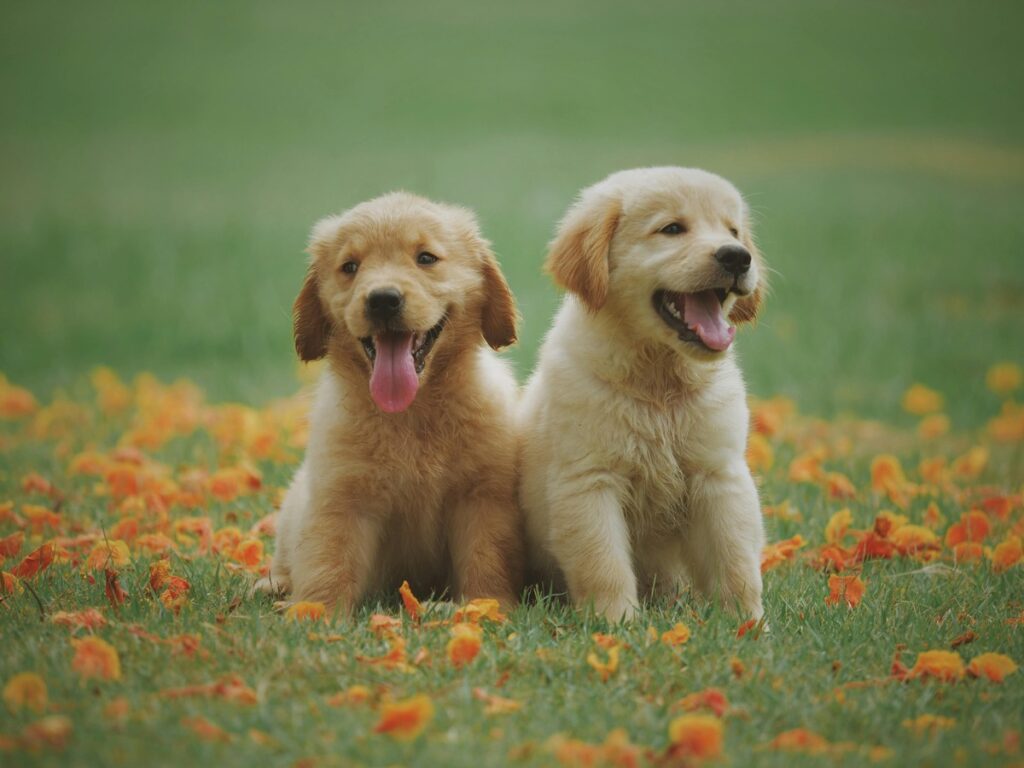
Golden Retrievers are one of the most affectionate, gentle, and friendly breeds. They thrive in social settings and are always happiest when surrounded by their family. However, their deep emotional intelligence means they easily get lonely and sad when left alone for long periods.
How to Help: Goldens love learning new things, so obedience training, trick training, and interactive games can help them feel engaged even when you’re away. Leaving a radio or TV on can also provide comfort.
3. Cavalier King Charles Spaniel
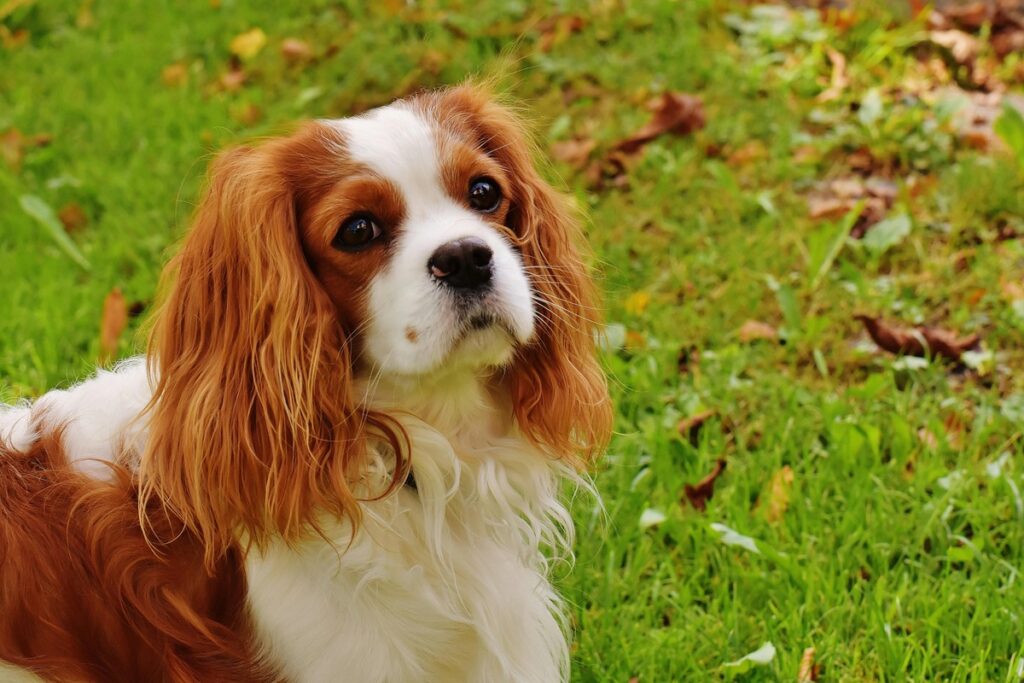
Cavaliers are true lap dogs that crave human touch and companionship. They form deep emotional bonds with their owners and suffer from separation anxiety when left alone for long. They’re happiest when they can follow their owner everywhere, whether on a walk or lounging on the couch.
How to Help: Cavaliers do best in homes where someone is present most of the time. If that’s not possible, consider adopting another dog or pet for companionship. Interactive feeders and snuggle toys with a heartbeat can also ease their anxiety.
4. Border Collie
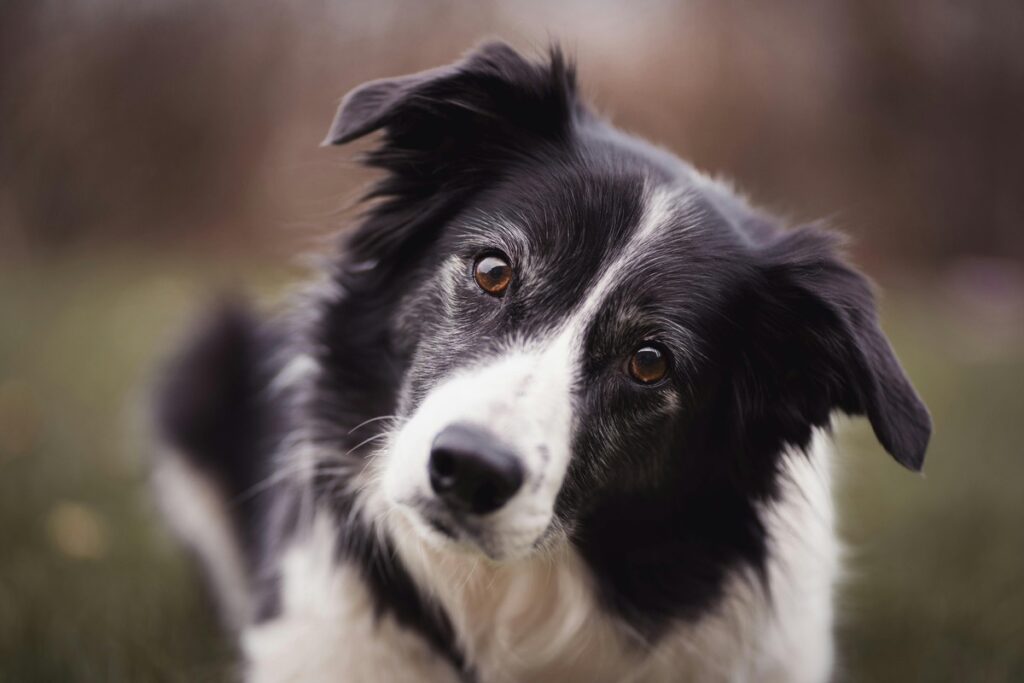
Border Collies are not just smart—they’re deeply emotionally connected to their owners. Originally bred for herding, they are highly sensitive and require constant mental stimulation. When left alone, they easily become anxious and resort to destructive behaviors like chewing or excessive barking.
How to Help: Border Collies thrive on agility courses, advanced training, and interactive puzzle toys. If you leave them alone, make sure they have plenty of mental challenges to keep them occupied.
5. Australian Shepherd
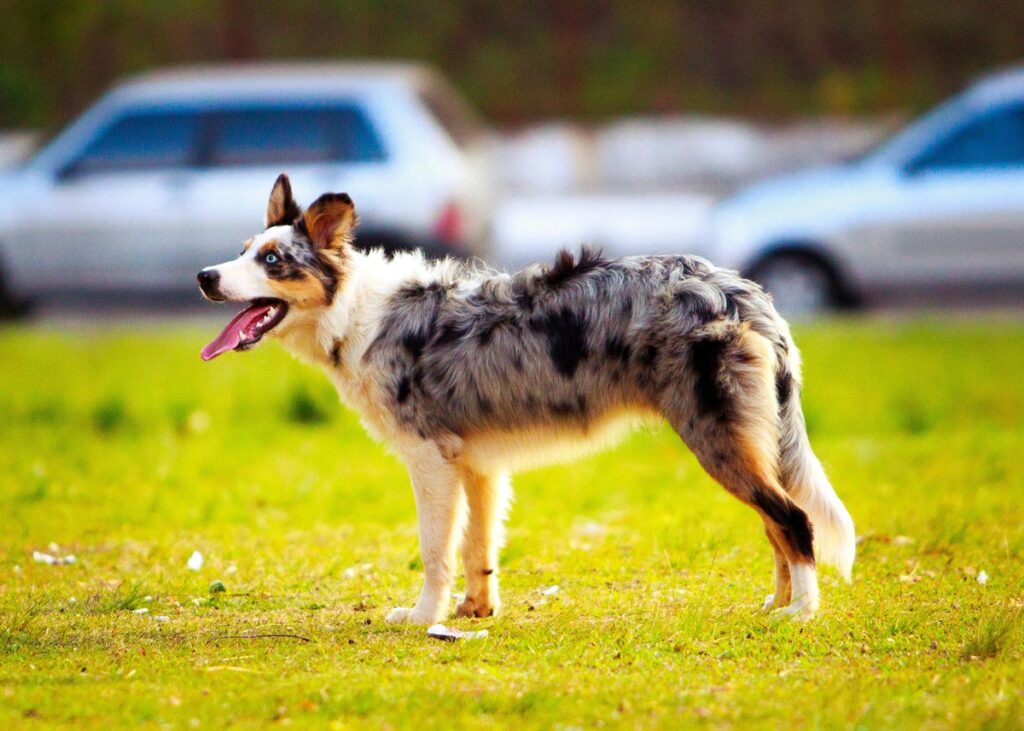
Aussies are incredibly intelligent and attached to their humans. Bred for herding livestock, they love to work and be active. If they are left alone with nothing to do, they can develop severe separation anxiety and become destructive.
How to Help: Australian Shepherds need daily exercise, advanced obedience training, and tasks to complete. Agility training, herding balls, and interactive feeding mats can help keep them engaged.
6. Pug
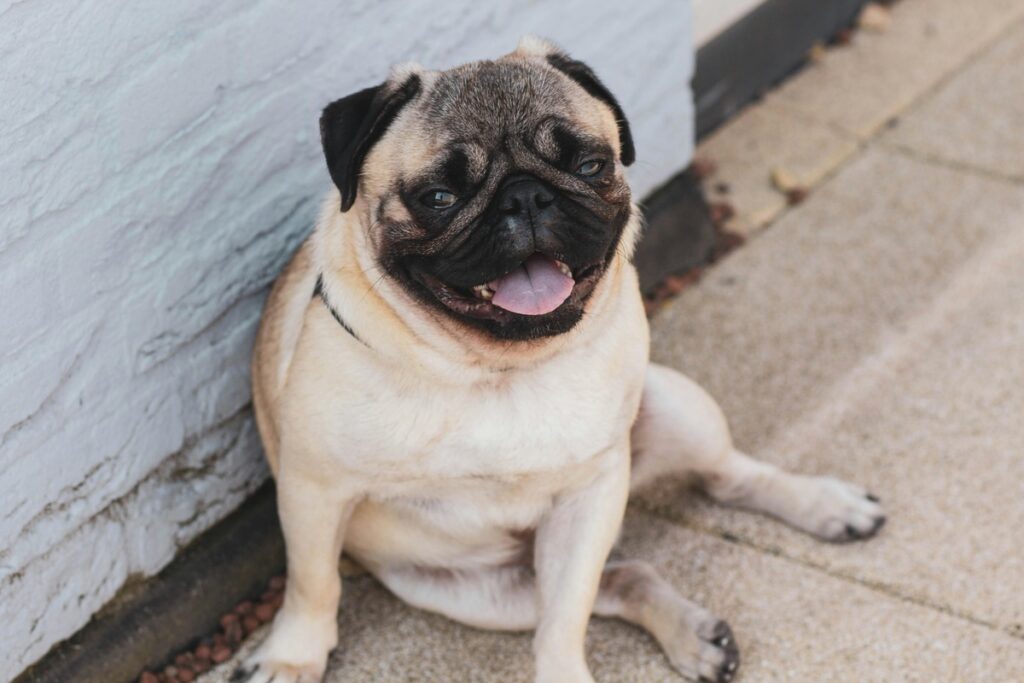
Pugs may be small, but their love for people is huge. They live for companionship and get very attached to their owners. Being left alone for long hours can make them depressed or anxious, leading to excessive barking or clingy behavior when you return.
How to Help: Pugs thrive when they have a predictable routine and lots of snuggle time. If you work long hours, a cozy pet bed with a familiar scent or a pet camera that lets you talk to them can help ease their stress.
7. French Bulldog
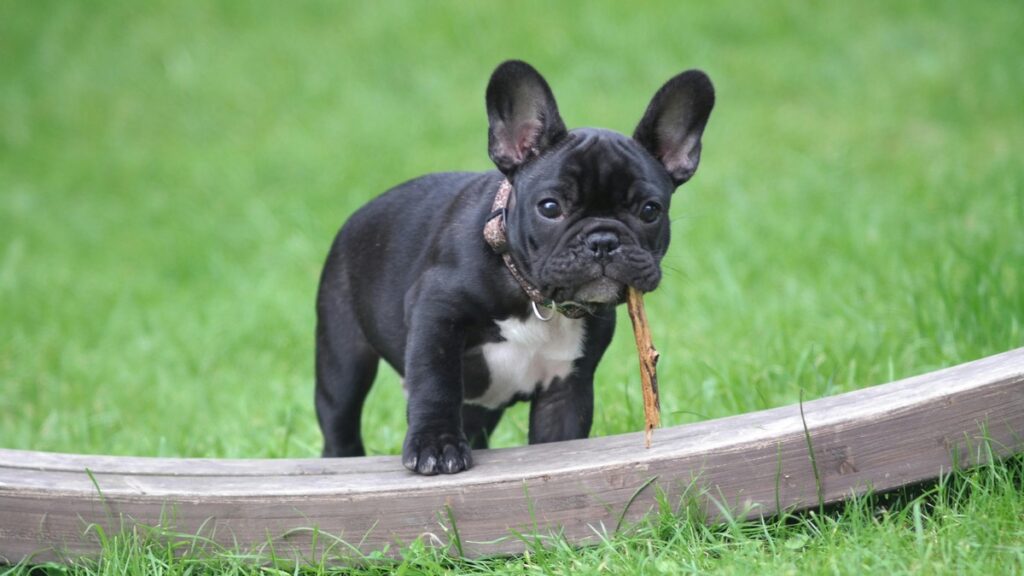
French Bulldogs are social butterflies who prefer to always be by their owner’s side. They don’t like being left alone and can become anxious, leading to whining, pacing, or destructive behavior.
How to Help: Short training sessions where you gradually increase alone time can help them become more independent. Interactive chew toys and slow feeders can also keep them engaged when you’re away.
8. Dachshund
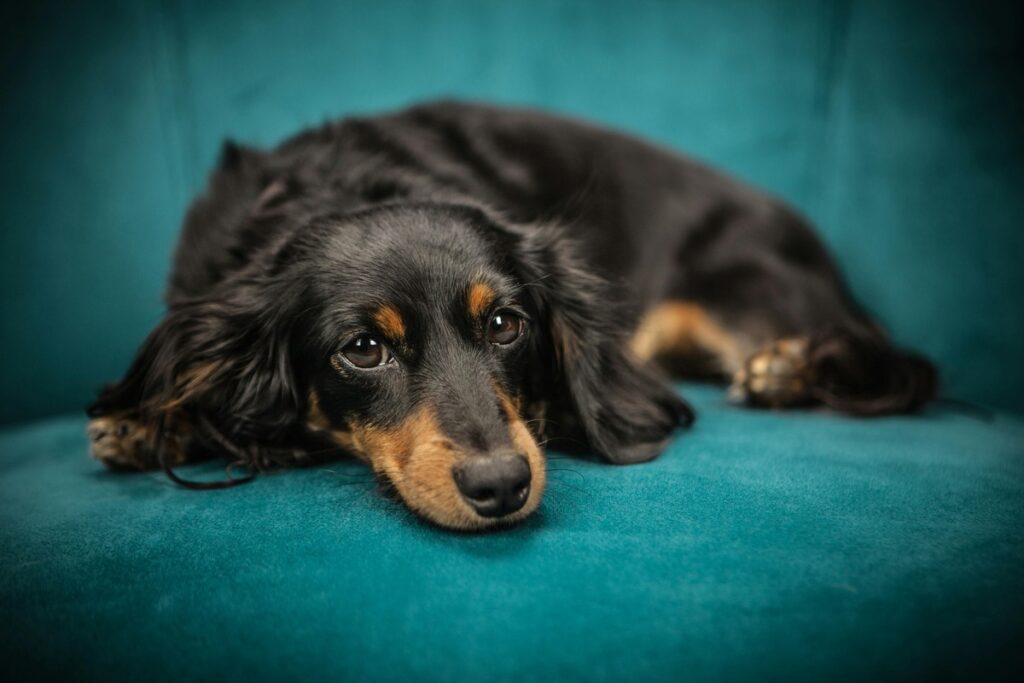
Dachshunds are incredibly loyal and attached to their owners. They were originally bred to hunt in packs, so they feel more secure when surrounded by their family. When left alone, they can develop separation anxiety, excessive barking, or destructive digging.
How to Help: Crate training and gradual desensitization to being alone can help make them more comfortable with short separations.
9. Italian Greyhound
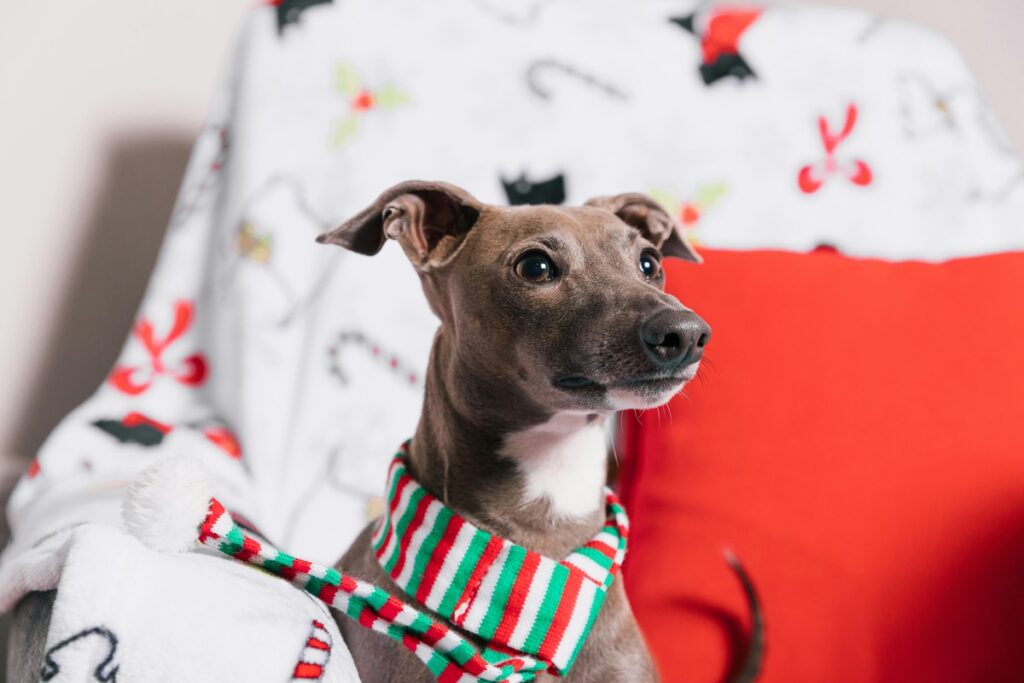
Italian Greyhounds love human attention and are very sensitive. They can become sad or withdrawn when left alone for long hours. They are also known for being prone to separation anxiety and nervous habits like licking or shaking.
How to Help: These dogs do best with another pet for companionship. A warm blanket or pet-safe heating pad can also help them feel secure when alone.
10. Shih Tzu
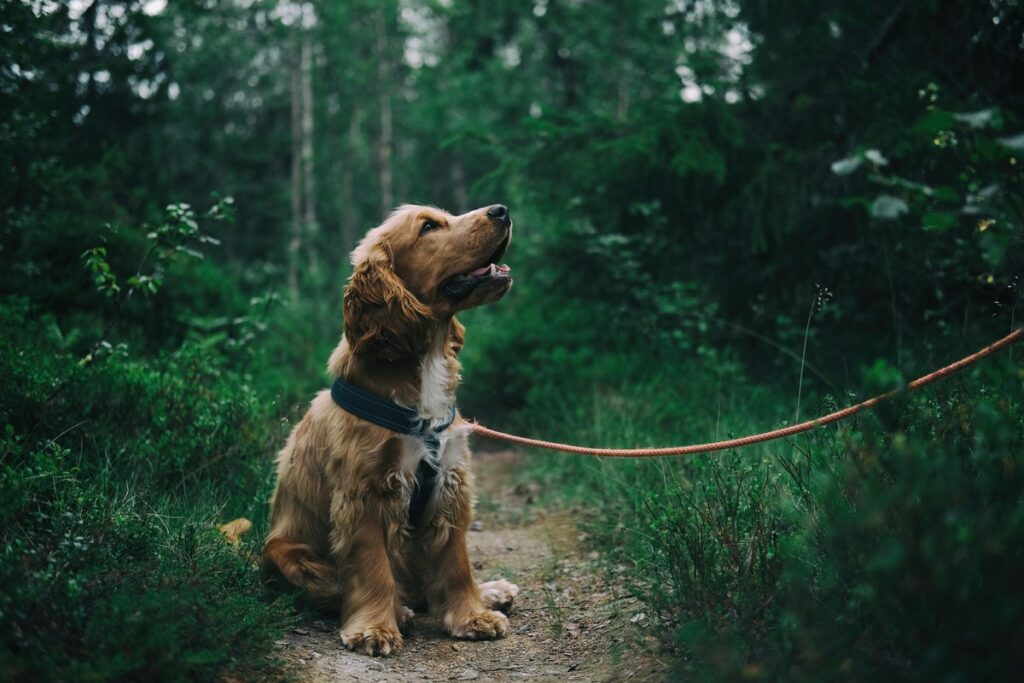
Shih Tzus are natural lap dogs that crave constant companionship. They don’t tolerate being alone for long, and can become anxious or sad if their owners are gone too much.
How to Help: If you need to leave them alone, make sure they have a cozy spot with a comforting item like a shirt with your scent.
11. Cocker Spaniel

Cocker Spaniels are sensitive, affectionate dogs that get deeply attached to their owners. Being left alone can lead to severe separation anxiety, whining, and pacing.
How to Help: Establishing a structured routine and providing mentally engaging toys can help ease their anxiety.
12. Chihuahua

Chihuahuas might be small, but their love for their owners is enormous. Many suffer from severe separation anxiety, especially if they are used to constant attention.
How to Help: Training them to be comfortable in a secure, familiar space when left alone can help reduce stress.
13. Havanese
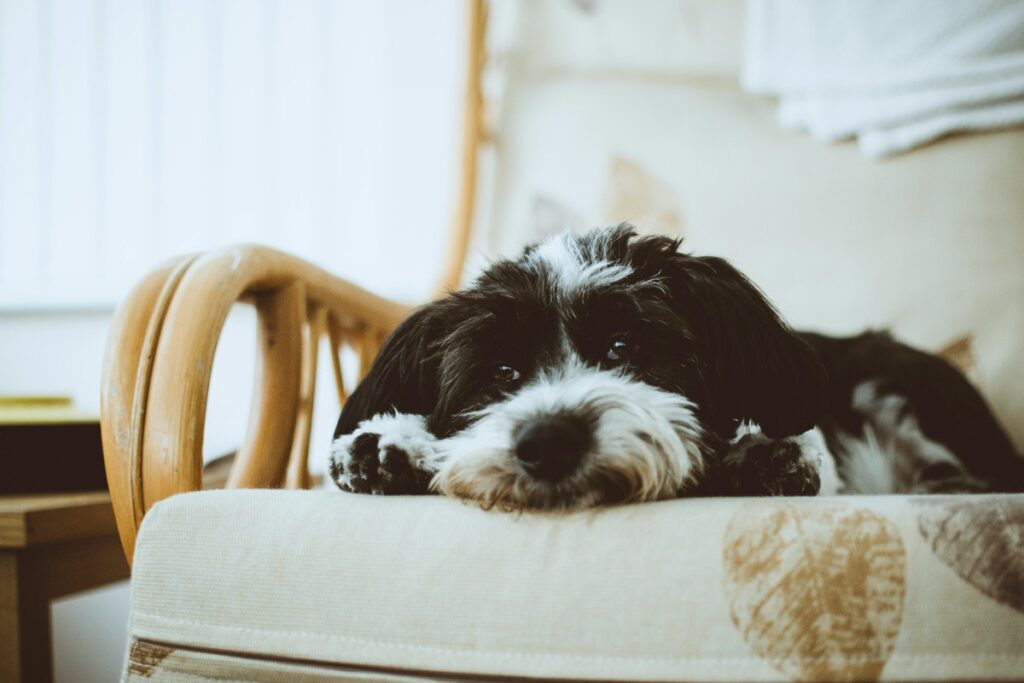
Havanese dogs crave companionship and attention. They are happiest when surrounded by family and friends, and they can become sad or restless when alone for too long.
How to Help: A second dog, interactive puzzle toys, and structured routines help Havanese feel more secure.
14. Yorkshire Terrier
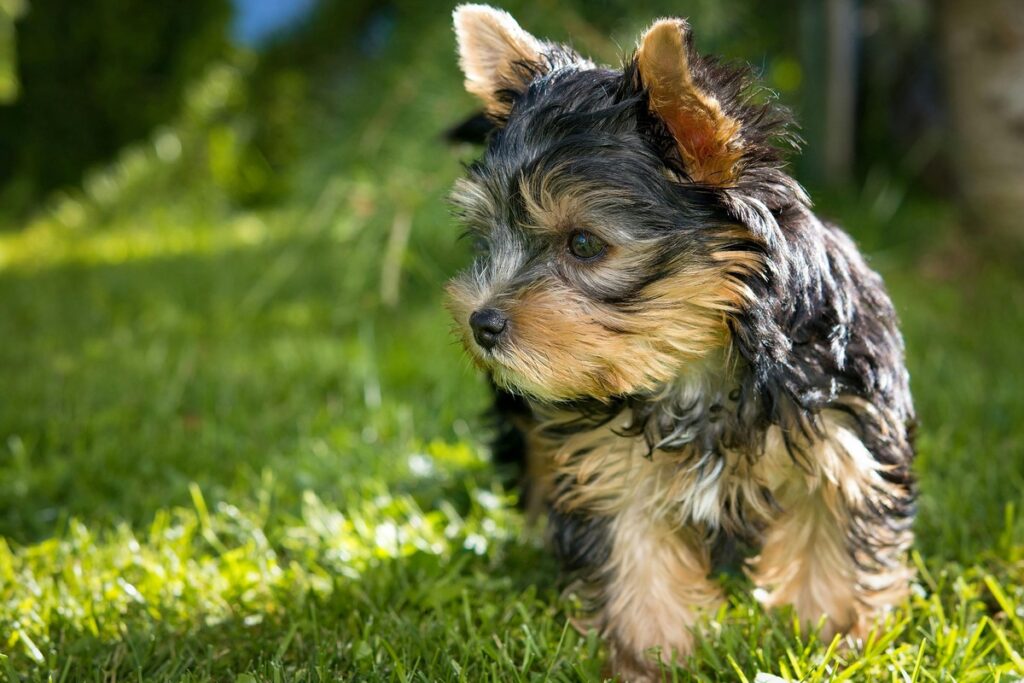
Yorkies form strong attachments to their owners and don’t do well alone. If left by themselves for too long, they can become vocal or destructive.
How to Help: Gradual alone-time training and setting up a safe, cozy space can make them feel more comfortable.
15. Beagle

Beagles are pack animals by nature and hate being alone. They are known to howl, dig, or escape fences when lonely.
How to Help: Beagles do best with another dog or plenty of outdoor time before being left alone.
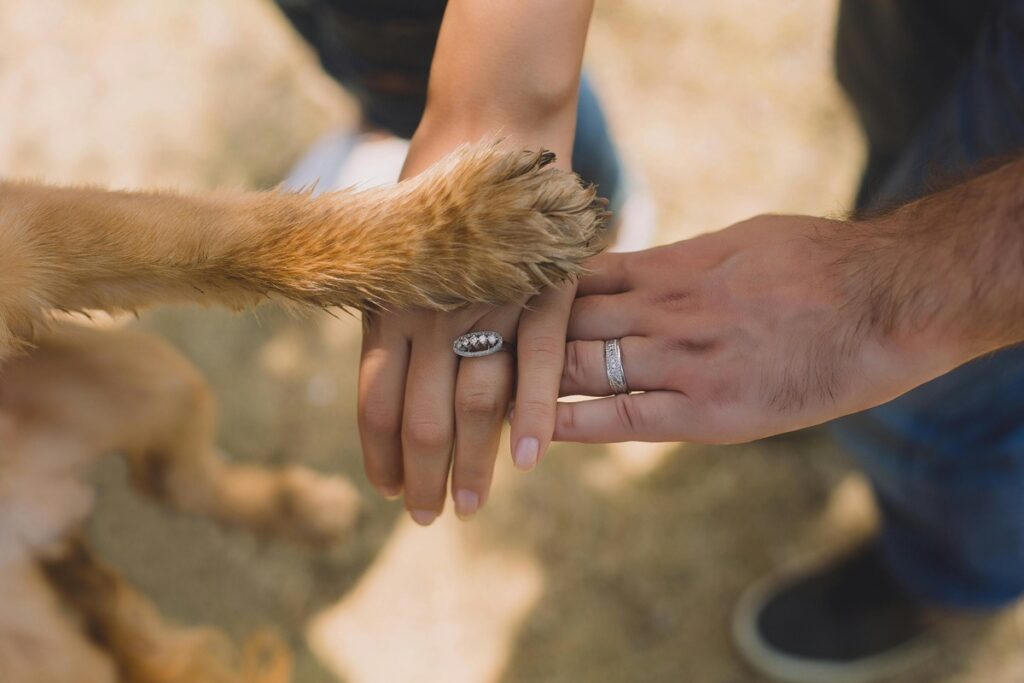
If you’re considering one of these affectionate breeds, be prepared to provide a lot of love, attention, and companionship. Dogs that struggle with loneliness require patience, training, and structured routines to help them feel more secure.
If your dog shows signs of separation anxiety, doggy daycare, interactive toys, and training exercises can help keep them happy and engaged!

